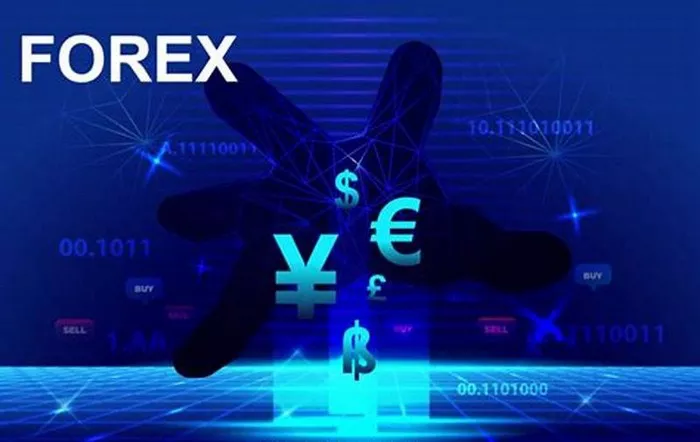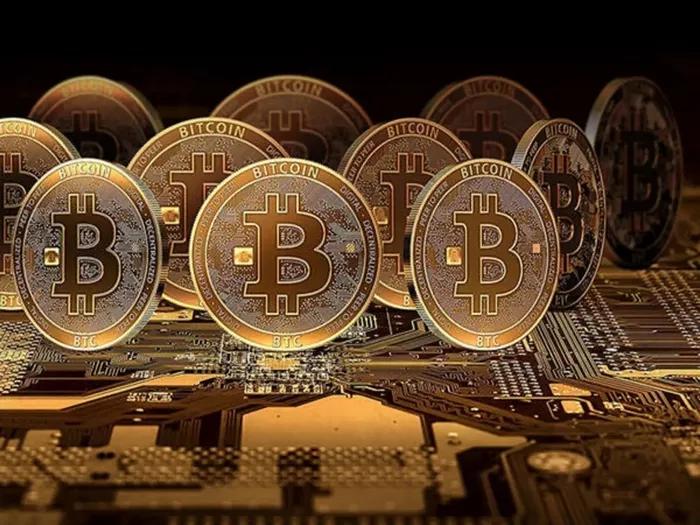The U.S. dollar (USD) is one of the most widely used currencies in the world. It is the primary reserve currency for international trade, the most traded currency on the foreign exchange market, and the currency of choice for many global transactions. However, an important question arises: what exactly is the dollar backed by? Understanding what backs the dollar is essential for anyone interested in global financial and currency markets. This article will delve into the factors that back the dollar, how today’s monetary system works, and the historical context behind the dollar’s backing.
The Transition from the Gold Standard to Fiat Currency
The Gold Standard: A Historical Overview
Historically, the US dollar was backed by gold. This system, known as the gold standard, ensured that the value of the dollar was directly tied to a fixed amount of gold. For example, under the gold standard, the US government guaranteed that you could exchange paper currency for a certain amount of gold. This system was in place for much of the 19th and early 20th centuries.
The Gold Standard’s Role in Stability: The gold standard provided a sense of security and stability to the US dollar. It limited the amount of currency in circulation to the amount of gold held by the government, ensuring that the dollar maintained its value. This system made inflation less likely, as the government could not print money without having sufficient gold reserves.
End of the Gold Standard: The gold standard ended in 1971 when President Richard Nixon announced that the US would no longer convert dollars into gold. This shift was a response to rising inflation and a series of financial crises that made it difficult for the US to maintain a gold-backed currency. The move to a fiat currency system allowed the government to print money freely without the need for gold reserves.
Fiat Currency System: The Current System
After the abandonment of the gold standard, the US dollar became a fiat currency. A fiat currency is one that is not backed by a physical commodity like gold or silver. Instead, its value comes from the trust and confidence people have in the government that issues it.
What is Fiat Money? Fiat money has value because a government declares it to be legal tender and people trust that the government will continue to accept it for payment of taxes and debts. In other words, the USD is valuable because people believe the US government will maintain its stability and ensure that the dollar remains accepted.
The Role of Trust and Confidence: The value of the USD today is not tied to gold, but rather to the economic strength of the United States. The trust people place in the government, the US economy, and the Federal Reserve is what keeps the dollar valuable. People and institutions believe in the dollar’s purchasing power, and this confidence is crucial in keeping the USD as the world’s primary reserve currency.
What makes the dollar so valuable today?
While the dollar is no longer backed by gold, it remains one of the most trusted and widely used currencies in the world. Several factors contribute to the dollar’s strength and stability, even without the gold backing system.
U.S. Economic Strength
The strength of the U.S. economy plays a vital role in the value of the dollar. The U.S. is one of the largest economies in the world, and its economic output, including industries such as technology, finance, and manufacturing, supports the value of the dollar.
Economic Growth and Stability: Economic growth signals to investors that the dollar will maintain its value over the long term. When the economy is strong, people are more likely to invest in U.S. assets, such as stocks and bonds, which increases demand for the dollar.
Global Trade and Influence: The United States is a leader in international trade and finance. Many global transactions are conducted in U.S. dollars, which strengthens demand for the dollar. For example, commodities such as oil are often priced in dollars, which ensures continued demand for the dollar.
The Role of the Federal Reserve
The Federal Reserve (the central bank of the United States) plays an important role in determining the value of the dollar. It controls monetary policy, which affects inflation rates, interest rates, and overall economic stability.
Controlling Inflation: The Fed’s goal is to control inflation. When inflation is low and stable, the purchasing power of the dollar remains strong. If inflation is too high, the Fed may raise interest rates or take other measures to reduce inflation and stabilize the dollar.
Monetary Policy and Interest Rates: The Fed’s control over interest rates affects the dollar’s attractiveness to foreign investors. When interest rates are high, foreign investors are more likely to invest in U.S. financial assets, increasing demand for the dollar.
Global Demand for the Dollar
Another factor supporting the value of the dollar is global demand. The dollar is used in many international transactions, and central banks around the world hold dollars as part of their foreign exchange reserves. The widespread use of the dollar creates strong and sustained demand.
Dollar as a Reserve Currency: Central banks around the world hold large amounts of dollars in their foreign exchange reserves. This helps maintain the dollar’s value and solidifies its position as the world’s leading reserve currency.
Safe Haven Status: Investors tend to flock to the dollar for safety during times of global uncertainty or financial crises. This increases demand for the dollar, which helps support its value even during times of economic turmoil.
Importance of the Dollar in Global Trade
Role of the Dollar in International Trade
The dollar is the most widely used currency in global trade. Many international transactions, especially for commodities such as oil, are conducted in US dollars. This creates a constant demand for the dollar.
Petrodollar System: The petrodollar system is a key factor in the dollar’s continued dominance in global trade. Since the 1970s, many oil exporting countries have agreed to price their oil exports in US dollars. Therefore, countries that need to buy oil must hold US dollars, which further enhances the importance of the dollar.
Use of the dollar in investment: The US dollar is the currency of choice for many international investors. Global financial markets are greatly influenced by the US dollar, and many assets are denominated in US dollars. The widespread use of the US dollar creates a steady demand for the US dollar.
Global Reserve Currency
The dollar’s status as a major reserve currency is another reason why it maintains its value. Many central banks around the world hold US dollars in their foreign exchange reserves to facilitate trade and investment. This ensures that the US dollar is constantly in demand, thus supporting its value.
International Borrowing: Countries and companies around the world borrow in US dollars because the US dollar is seen as a stable and reliable currency. This further increases the demand for the US dollar.
Conclusion
Today, the U.S. dollar is not backed by gold or any other commodity. Instead, its value is derived from the strength and stability of the U.S. economy, confidence in the U.S. government, and the role of the dollar in global trade and finance. The Federal Reserve plays a vital role in managing the value of the dollar by controlling interest rates and monetary policy.
While the dollar no longer has direct backing as it did under the gold standard, its importance in global trade, investment, and finance ensures that it remains the world’s dominant currency. Trust and confidence in the U.S. economic system, as well as the widespread use of the dollar, continue to support its value and global influence. Understanding the factors that support the dollar helps us understand the role it plays in the global economy and why it remains the world’s most widely used currency.





























